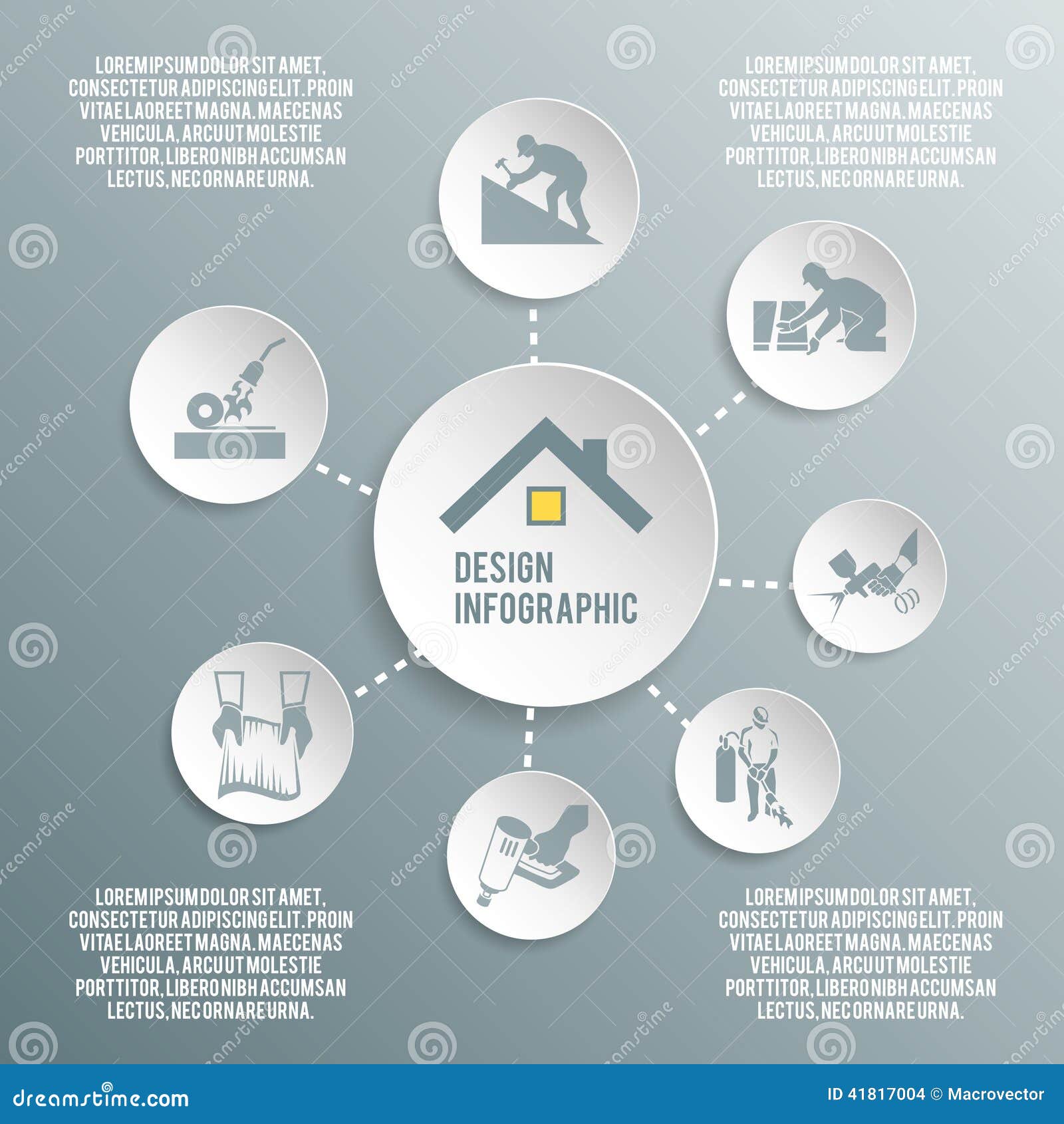Examining The Financial Aspects Of Solar Power Installment: Is It A Worthwhile Investment?
Examining The Financial Aspects Of Solar Power Installment: Is It A Worthwhile Investment?
Blog Article
Post By-Storm Albertsen
When thinking about the expenses of solar installment, you could question the in advance financial investment needed and whether it straightens with the possible lasting advantages. Recognizing the ins and outs of these costs and the different aspects affecting the overall return can clarify the value proposal of transitioning to solar energy. By reviewing both the first configuration costs and the forecasted financial savings in time, you can get insight into whether the financial investment in solar setup holds guarantee for your economic future.
Preliminary Configuration Expenditures
When thinking about the expenses of solar setup, the first configuration expenses play a critical role in your decision-making procedure. These upfront prices include the price of photovoltaic panels, inverters, installing devices, and installation labor.
The rate of solar panels can vary relying on the brand name, effectiveness, and dimension you select. Inverters are important for converting the sunlight's power into usable power and can be found in different kinds such as string inverters, microinverters, and power optimizers, each with its very own price effects.
Mounting devices, such as racks and rails, is needed to firmly set up photovoltaic panels on your roof covering or property.
The setup labor expense covers the expert setup of the planetary system, ensuring that every little thing is established appropriately and efficiently. Keep in mind that while these first arrangement expenses might seem high, there are commonly rebates, tax obligation incentives, and funding alternatives offered to assist offset the prices and make solar installment much more economical over time.
Long-Term Savings Evaluation
To understand the economic advantages of solar installment in time, it's vital to conduct a comprehensive long-lasting financial savings analysis. While the first arrangement expenditures of solar panels may appear daunting, the long-lasting cost savings can surpass these costs dramatically. By using the power of the sunlight to create electrical energy for your home, you can potentially save hundreds of bucks on your utility expenses over the lifespan of your solar system.
Among the essential factors to think about in a lasting savings analysis is the reduction in your electrical power expenses. With photovoltaic panels, you can generate your electricity, lowering or even removing your reliance on the grid. This can cause substantial financial savings, particularly as utility rates remain to increase.
In addition, numerous governments supply motivations such as tax credit ratings and rebates for mounting solar panels, better enhancing your long-term cost savings. By capitalizing on https://solar-distributors44321.blazingblog.com/29937361/a-total-overview-to-the-financial-benefits-of-setting-up-solar-panels and maximizing your solar energy manufacturing, you can enjoy substantial financial benefits for several years to come.
Return on Investment Estimation
Taking into consideration the financial benefits of solar setup, it's time to examine the Roi (ROI) computation. Establishing the ROI involves contrasting the overall prices of setting up a planetary system with the monetary benefits it produces over its life-span.
To determine ROI, separate the web make money from the system by the overall investment expense and multiply by 100 to obtain a percent. The ROI formula is: (Web Earnings/ Overall Investment Cost) x 100.
For commercial solar panel installers , if the overall price of installing a planetary system is $20,000, and over its life-span, it creates cost savings and incomes amounting to $30,000, the web revenue would be $10,000. Dividing this by the overall financial investment expense of $20,000 provides a proportion of 0.5. Multiplying this by 100 offers an ROI of 50%.
Generally, a greater ROI suggests a more monetarily gratifying financial investment. Factors like federal government rewards, maintenance costs, and power rate variations can affect the ROI of solar installments. Understanding https://zanenubhn.blogsuperapp.com/30368092/grasping-the-art-of-solar-panel-upkeep-is-the-vital-to-maximizing-performance-and-long-life in examining whether buying solar energy is worth it in the long run.
Final thought
In conclusion, understanding the costs of solar installation is important for establishing if it is worth the investment. By taking into consideration preliminary configuration costs, carrying out a lasting financial savings analysis, and calculating the roi, you can make a notified decision regarding the monetary value of solar power. With the potential for minimized energy expenses and increased power independence, investing in solar setup can be a smart option for both your pocketbook and the environment.
